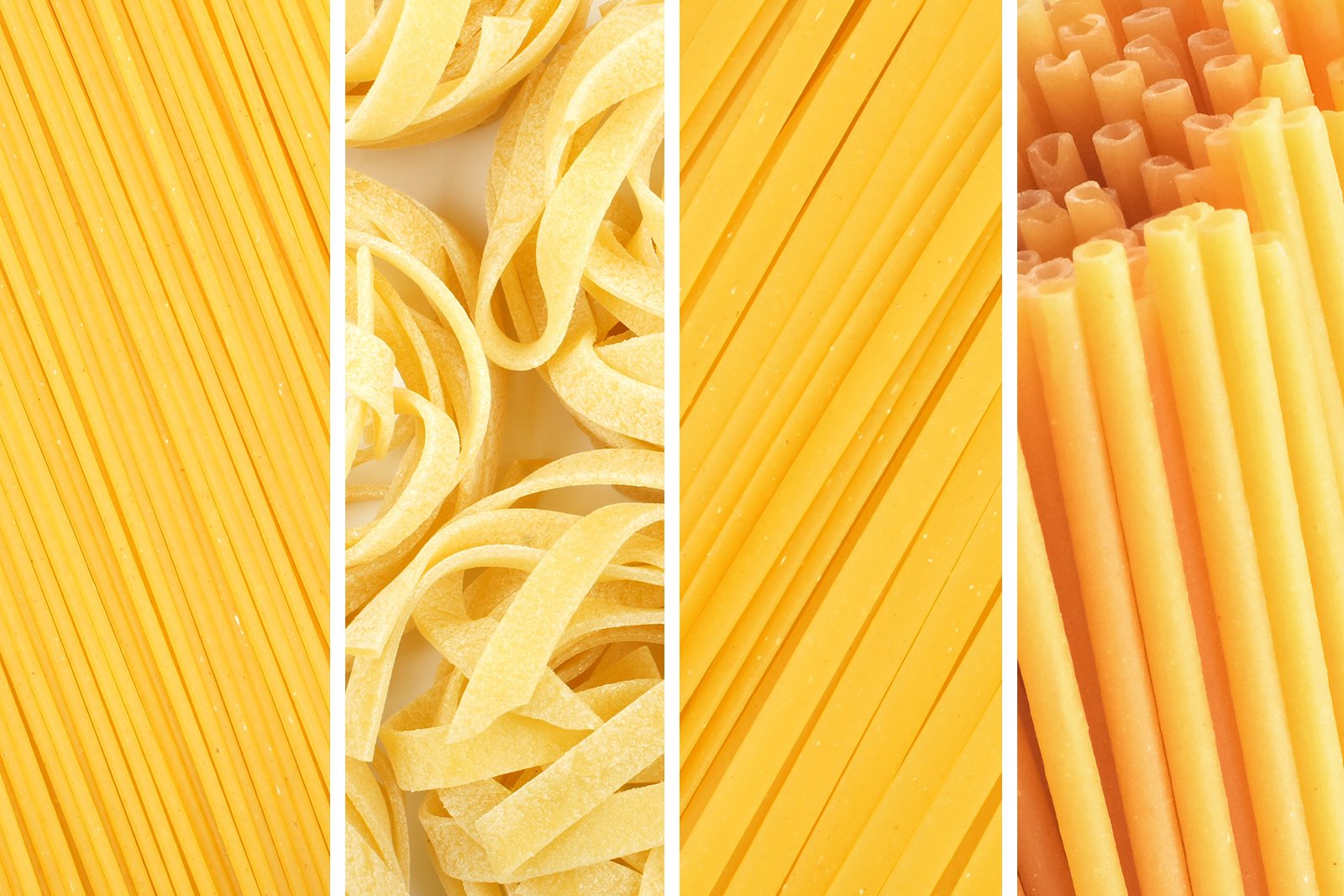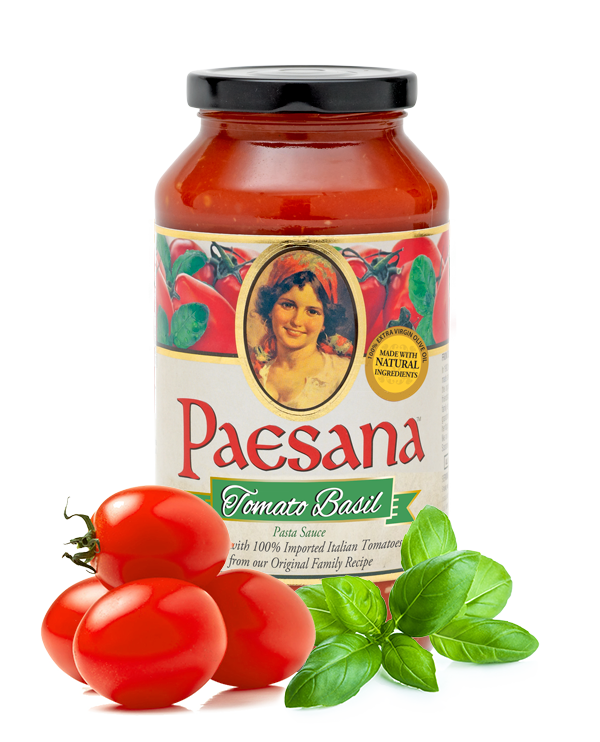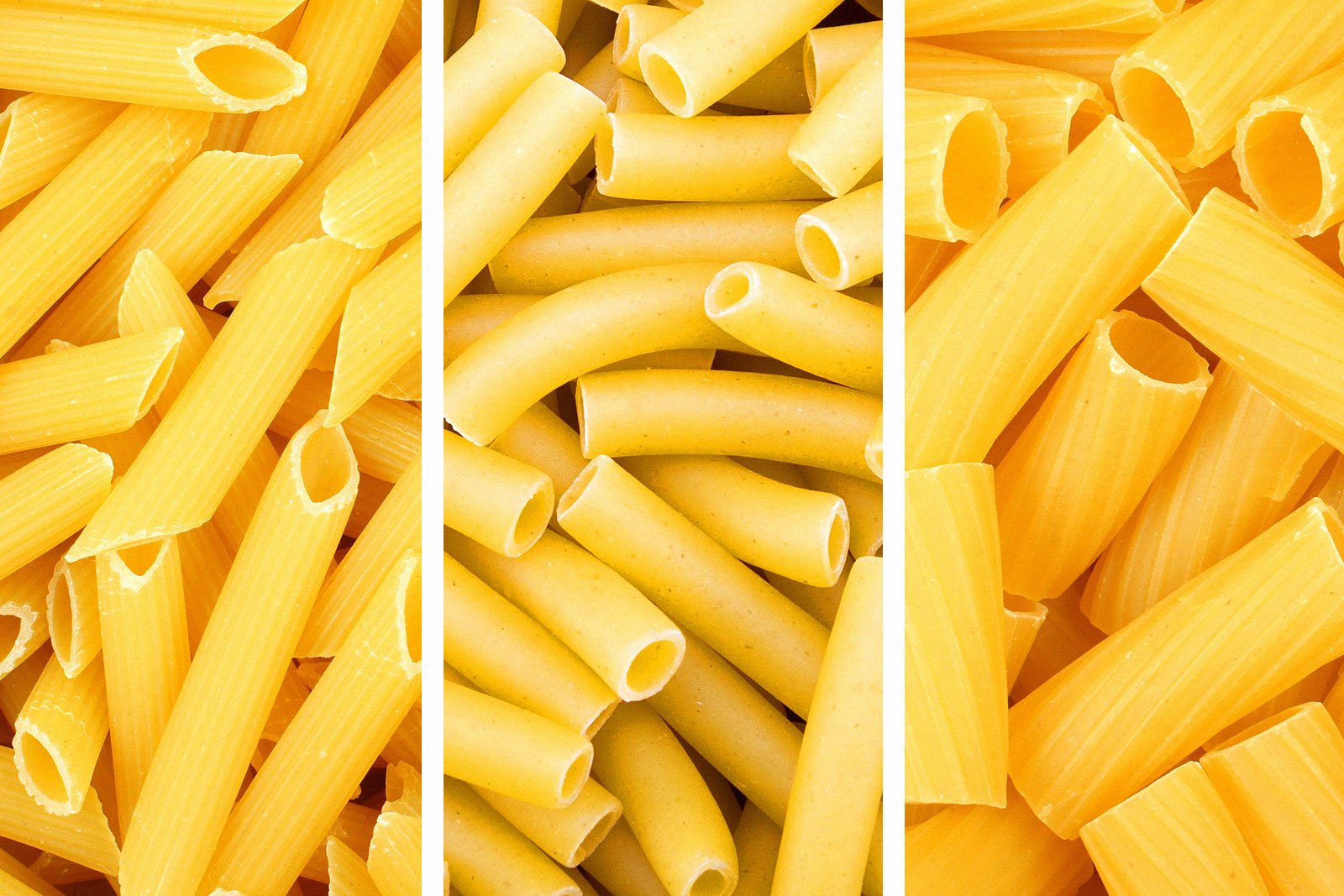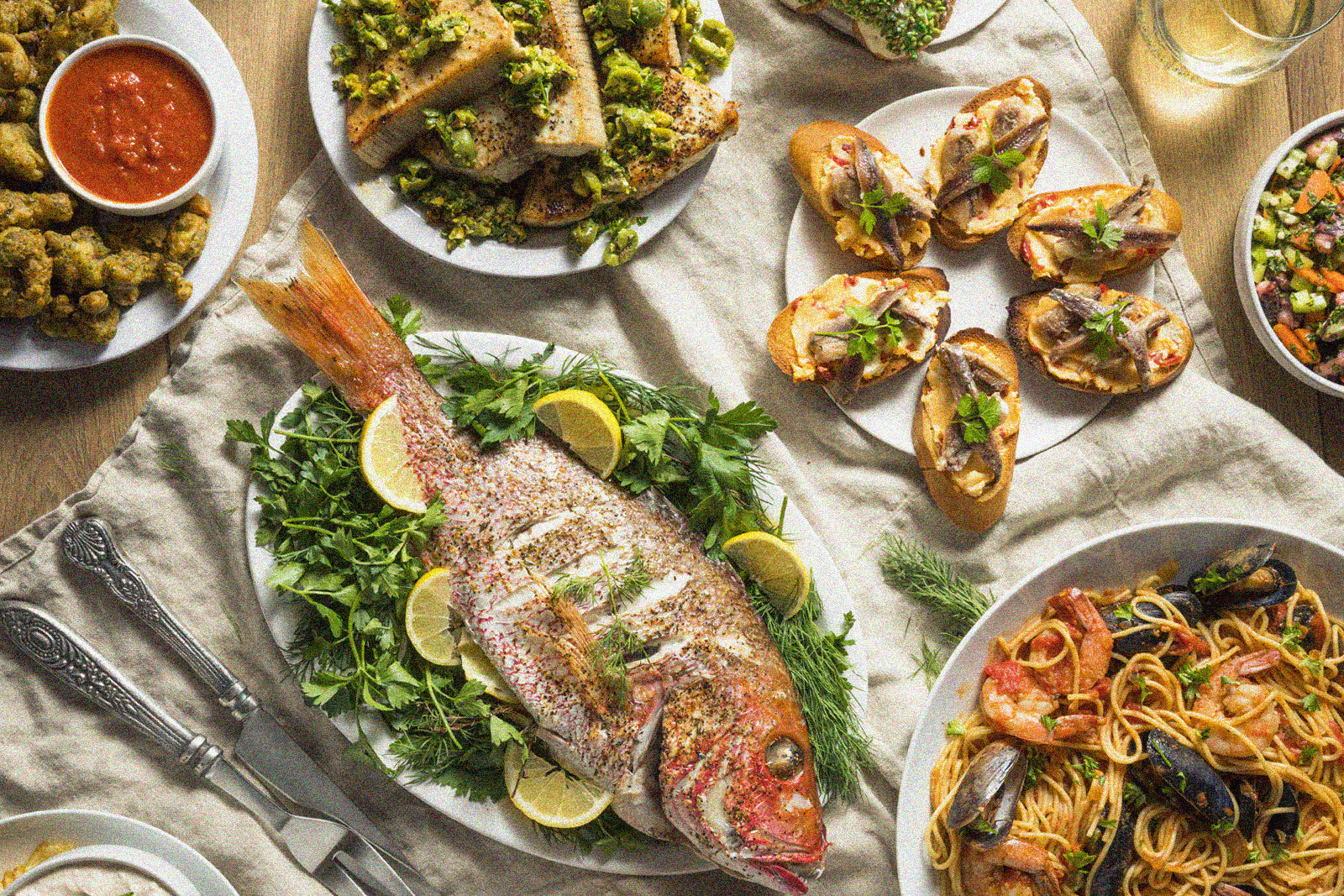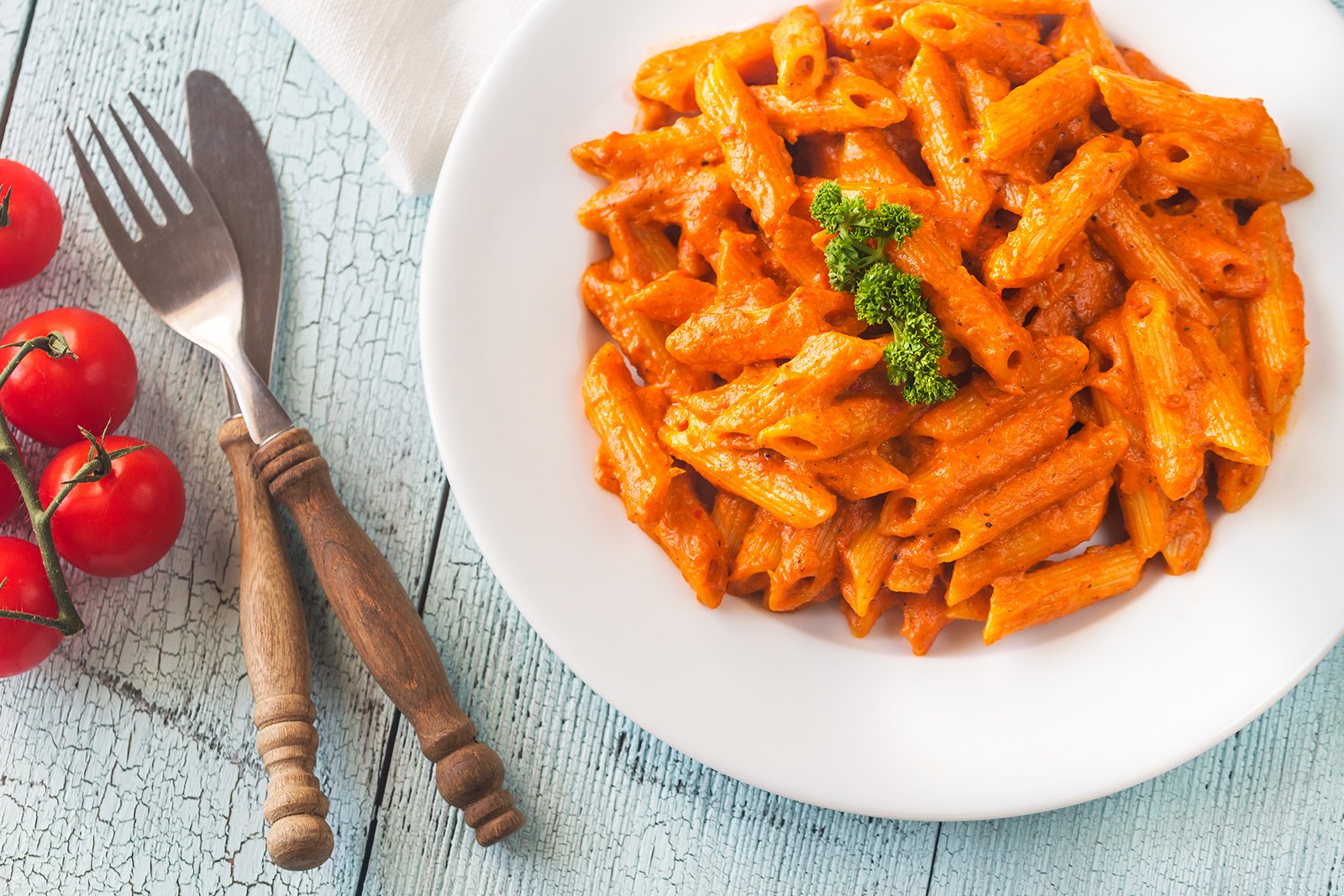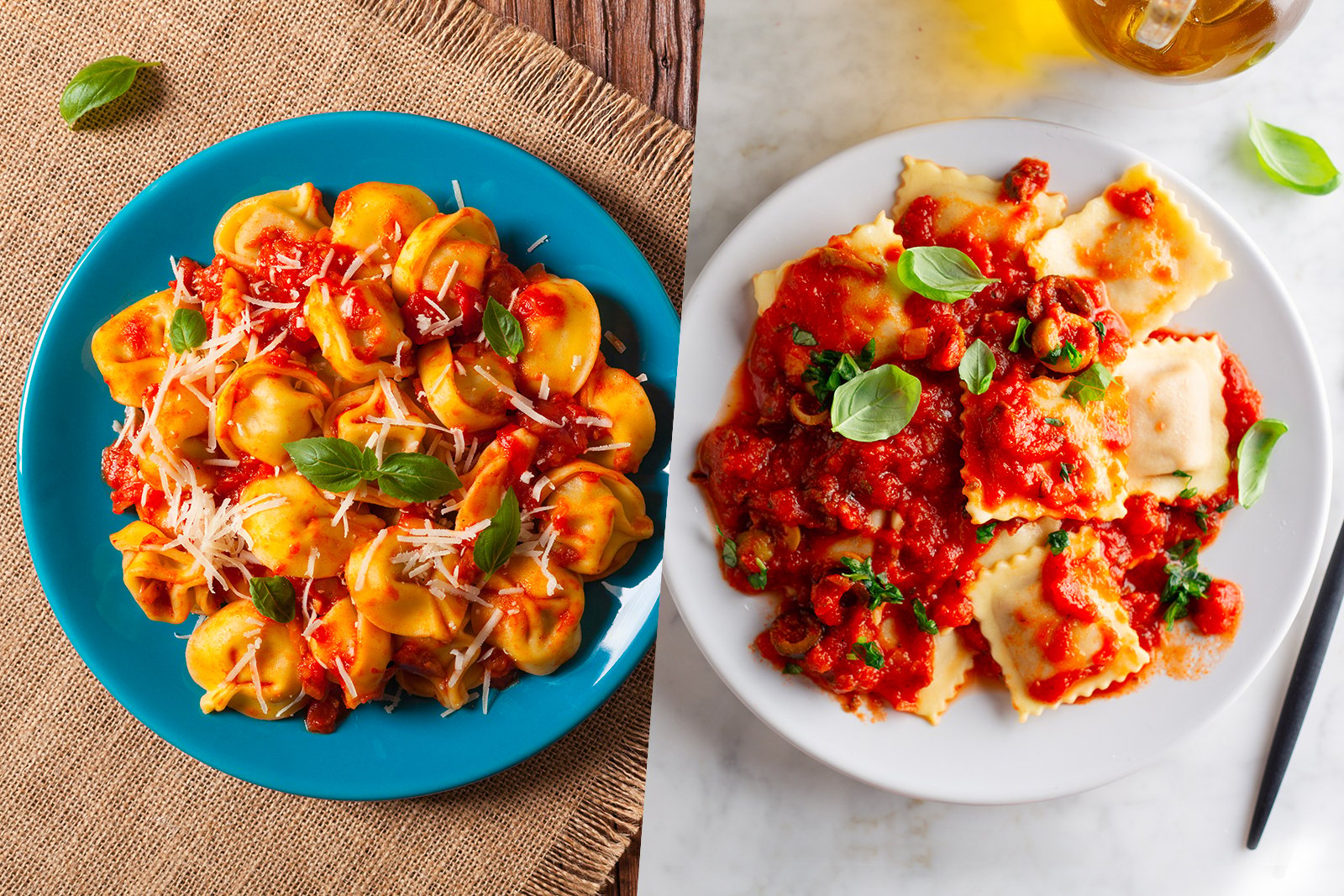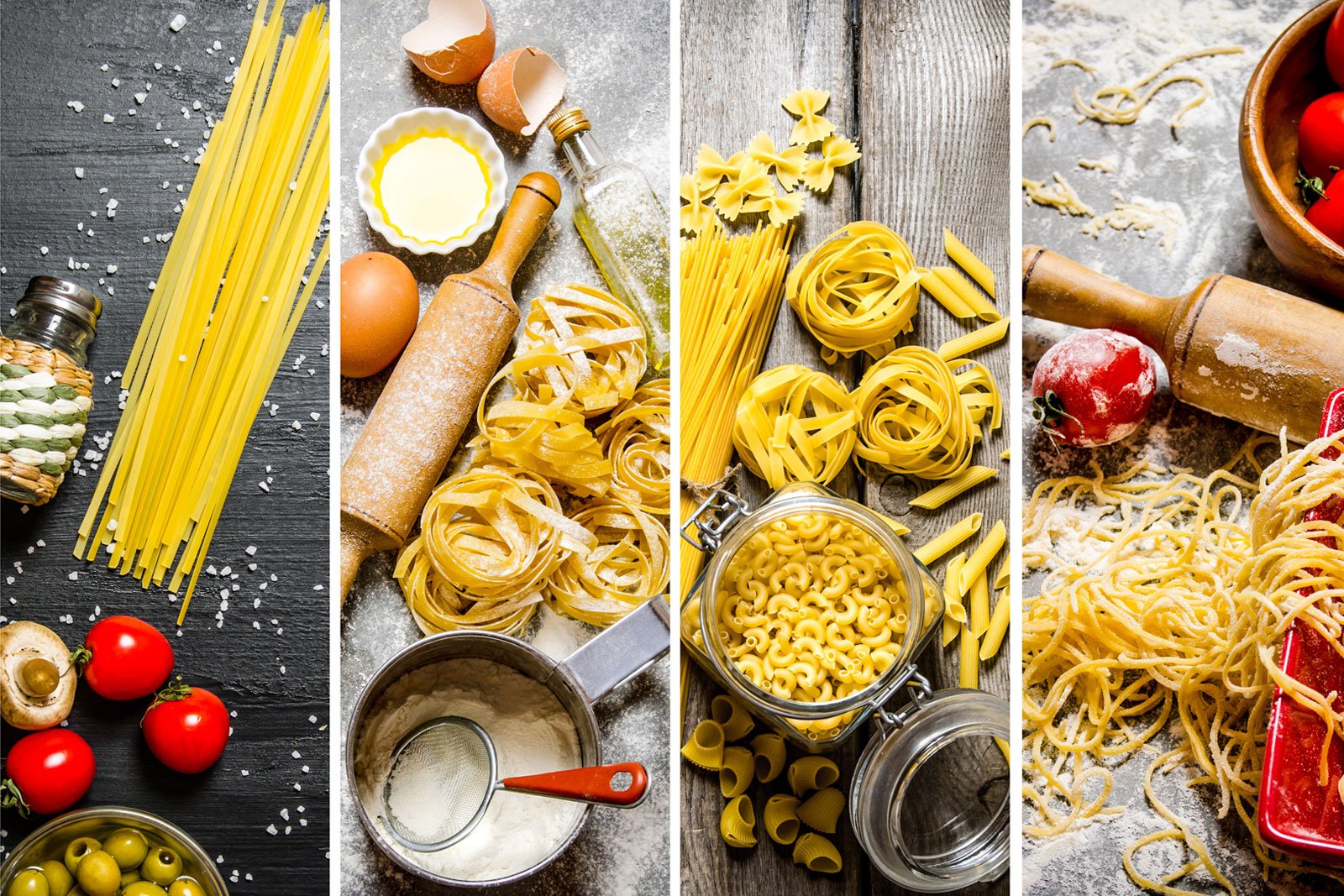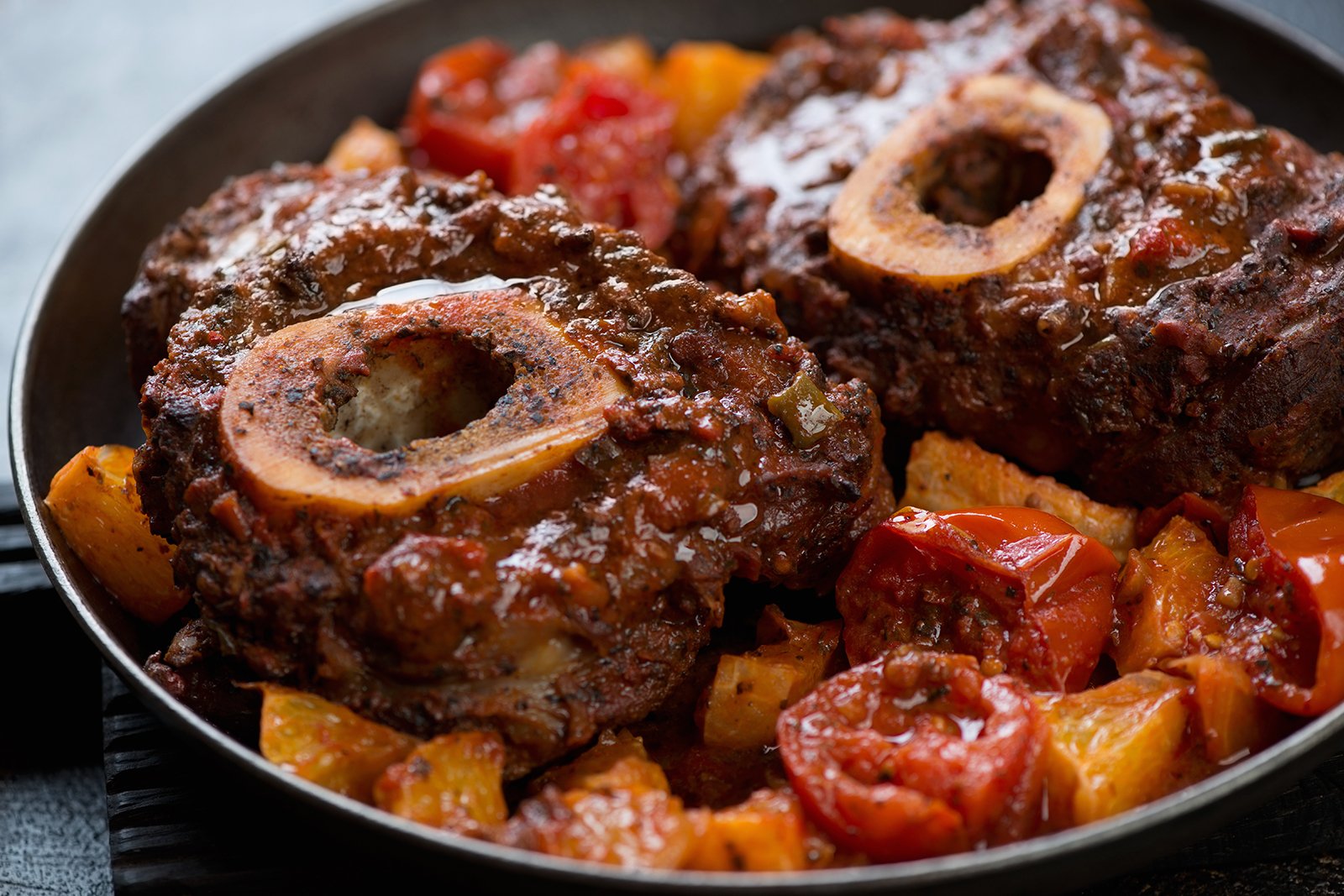There’s something so incredibly satisfying about slurping up a long strand of pasta—the sound it makes, the feeling of edible nostalgia, and the splash of sauce hitting your lips, cheeks, and sometimes, nose.
It’s a sensory eating experience unlike any other. Luckily, there are a dizzying array of long pastas out there that all deliver the same meal time euphoria. Just as with short tube pastas, long strands boast unique qualities depending on the sauce being served. Whether freshly made or purchased dried in a box from the grocery store, the way a piece of pasta is shaped indicates how it should be cooked and what other ingredients it should be paired with.
So, in continuing our ongoing conversation about the wide world of pasta shapes, here’s everything you ever needed to know about long pastas: Similarities, differences, best practices, and why we love all varieties in general. 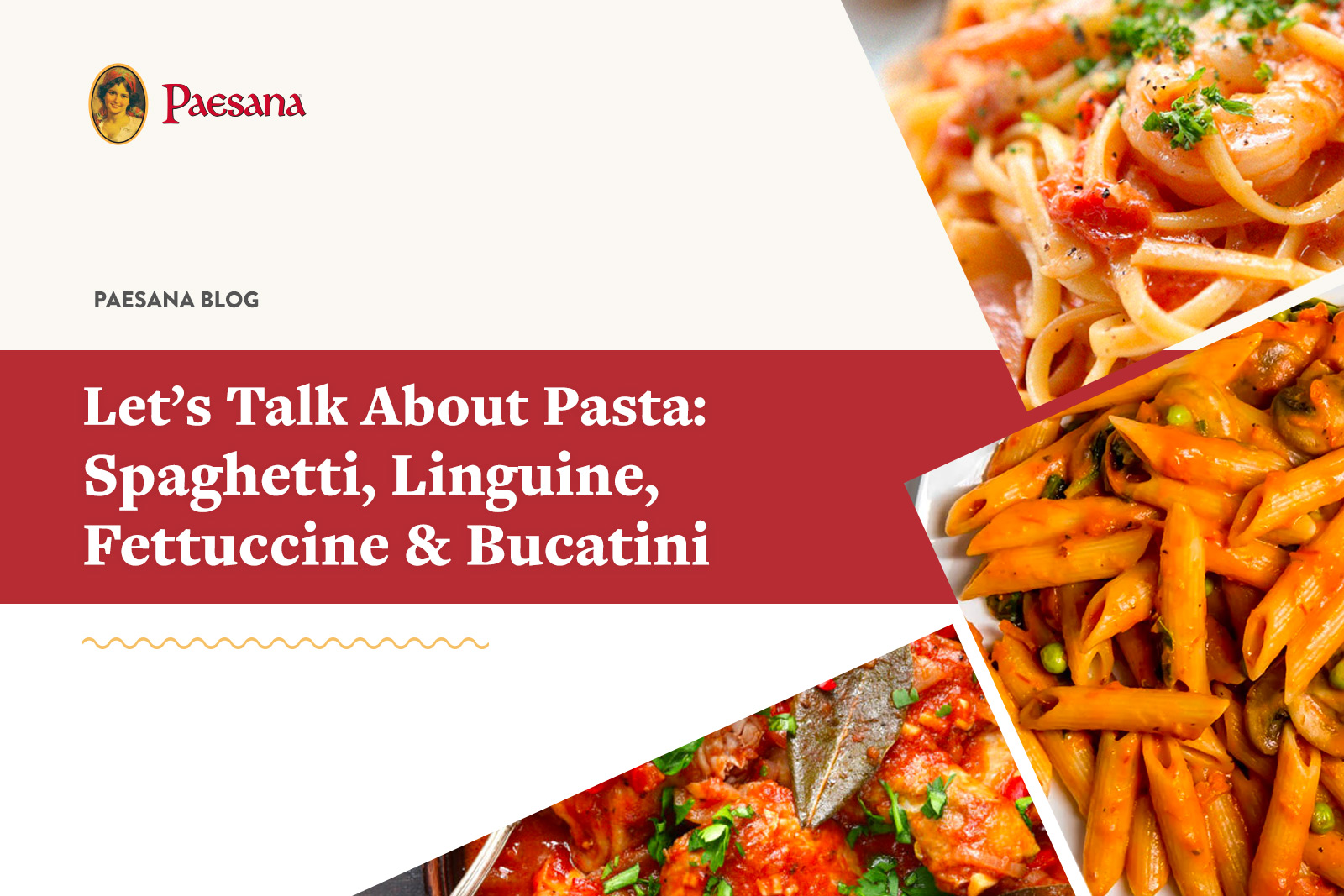
The Most Popular Long Pastas
There are about 400 different pasta shapes in the world and though there are more of the short variety, long pastas are still incredibly popular and numerous. For this article, we want to focus on the long pastas you are most familiar with, such as spaghetti, linguine, fettuccine, and bucatini.
The pastas mentioned above appear in the most popular Italian recipes. Think about classic preparations like carbonara, alfredo, and marinara—all of those dishes that we eat with delicious enthusiasm are all typically paired with long pastas. And there’s a culinary reason for these pairings. Long pastas work well with any sauce that is oil, cream, or tomato-based, and on the thinner side, as those sauces can evenly coat the long pasta strands. Conversely, short tube pastas match better with chunkier and cheesy sauces, as those elements can fill the nooks and crannies with flavor.
Spaghetti
You know it and you love it. Spaghetti, which translates to small strings, is perhaps the most widely known and utilized long pasta. Long, thin, solid, and cylindrical, spaghetti is equally at home with traditional and nontraditional Italian preparations. It’s perhaps best known as the titular pasta in the hall of fame dish, spaghetti and meatballs. This Italian restaurant and Sunday meal mainstay consists of a full plate of swirling spaghetti swimming in bright, red marinara sauce and joined by no less than two mountainous meatballs. Of course, spaghetti can be paired with any sauce that deftly adheres to long-strand pasta—this includes cacio e pepe, aglio e olio, and carbonara.
Check out Paesana’s recipe for spaghetti and meatballs, here!
Whether freshly made or purchased dried in a box from the grocery store, the way a piece of pasta is shaped indicates how it should be cooked and what other ingredients it should be paired with.
Linguine
Linguine is like if each spaghetti strand was flattened by the world’s smallest steamroller. These small tongues, as translated, are most adept at lapping up oil-based sauces with finely chopped herbs, and tiny dots of pepper. Probably associated most famously with white clam sauce (vongole), linguine actually holds onto sauces better than spaghetti due to its flat curvature. This curious attribute grants linguine an overall better eating experience in that it carries more flavor into each bite. Besides white clam sauce, linguine works best with pesto and any dish that includes small, delicate bits of seafood.
Try linguine with our recipes for shrimp fra diavolo or shrimp with roasted garlic.
Fettuccine
Who’s the flattest pasta of them all? It’s probably the ribbon-like fettuccine, but we’d have to get back to you on that. More broad than linguine, but not nearly as expansive as pappardelle, fettuccine will always be inextricably linked to alfredo sauce, the original recipe of which only boasts three ingredients: butter, Parmigiano Reggiano, and the pasta itself. Those components of alfredo style are gently combined until it reaches a rich, silky texture that warms and comforts the eater from top to bottom. More Italian-Americanized takes on fettuccine alfredo see the addition of cream to the recipe, which can help stretch the meal to feed more mouths, but can sometimes serve to dampen the dish’s lavishness.
Learn more about fettuccine alfredo here!
Bucatini
To the untrained eye—or the eye that is too hungry to inspect its food—bucatini might be mistaken for ordinary spaghetti. But moving in a little closer to your food, you’ll notice that it’s a bit thicker. And if you get even closer to that piping hot plate of pasta, you’ll see a teeny tiny hole excavated through the entire length of the strand. That hole is what makes bucatini the “super spaghetti” as it enables the pasta to not only get coated with sauce, but filled as well. It’s the best feature of short tube pastas expressed in the long noodle format. Bucatini works best with a butter-infused tomato sauce or amatriciana, a tomato-based sauce with spicy red pepper and a rich luxuriousness from guanciale. Be sure to manage your craving for bucatini, at least until the recent shortage is solved.
Try your hand at our recipe for Bucatini all'Amatriciana, here!

